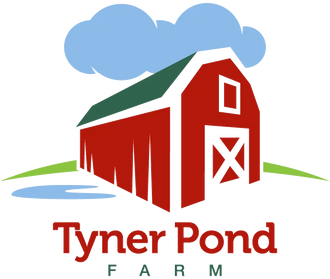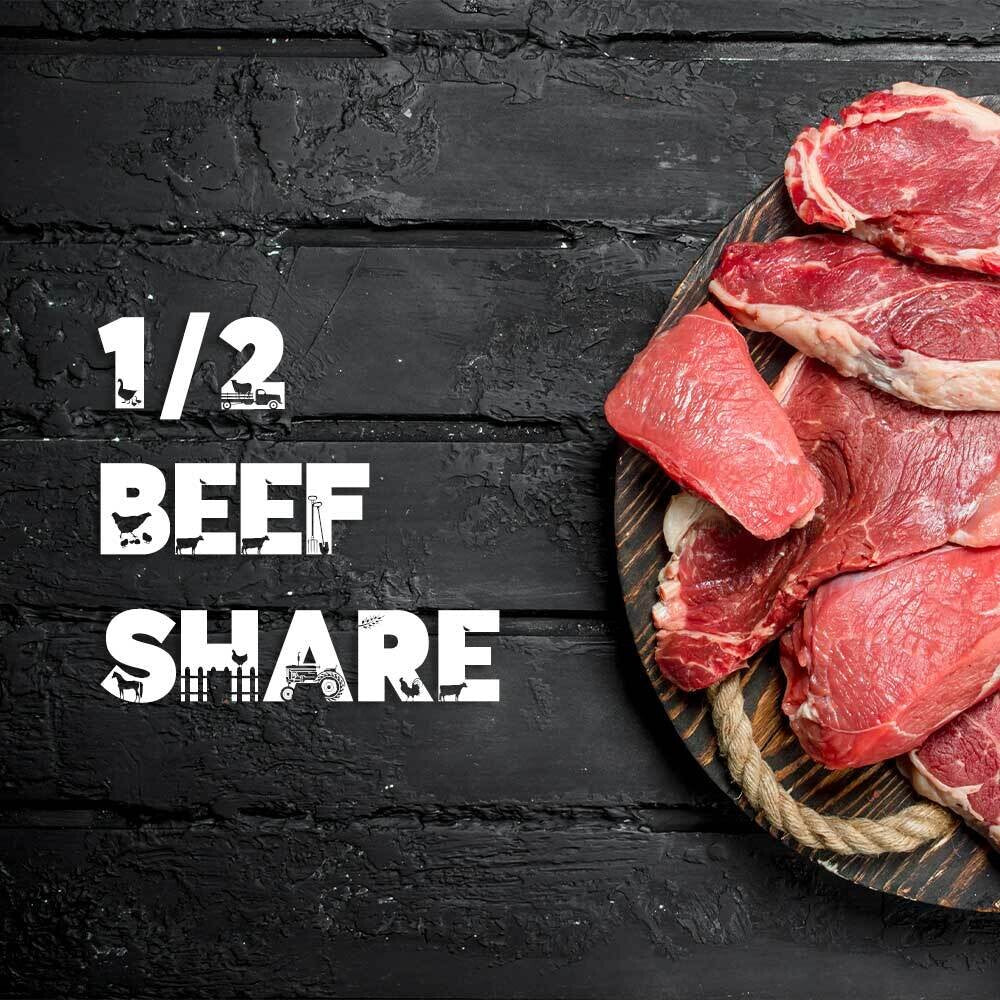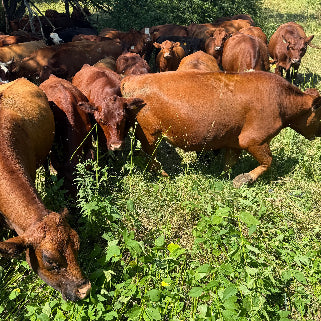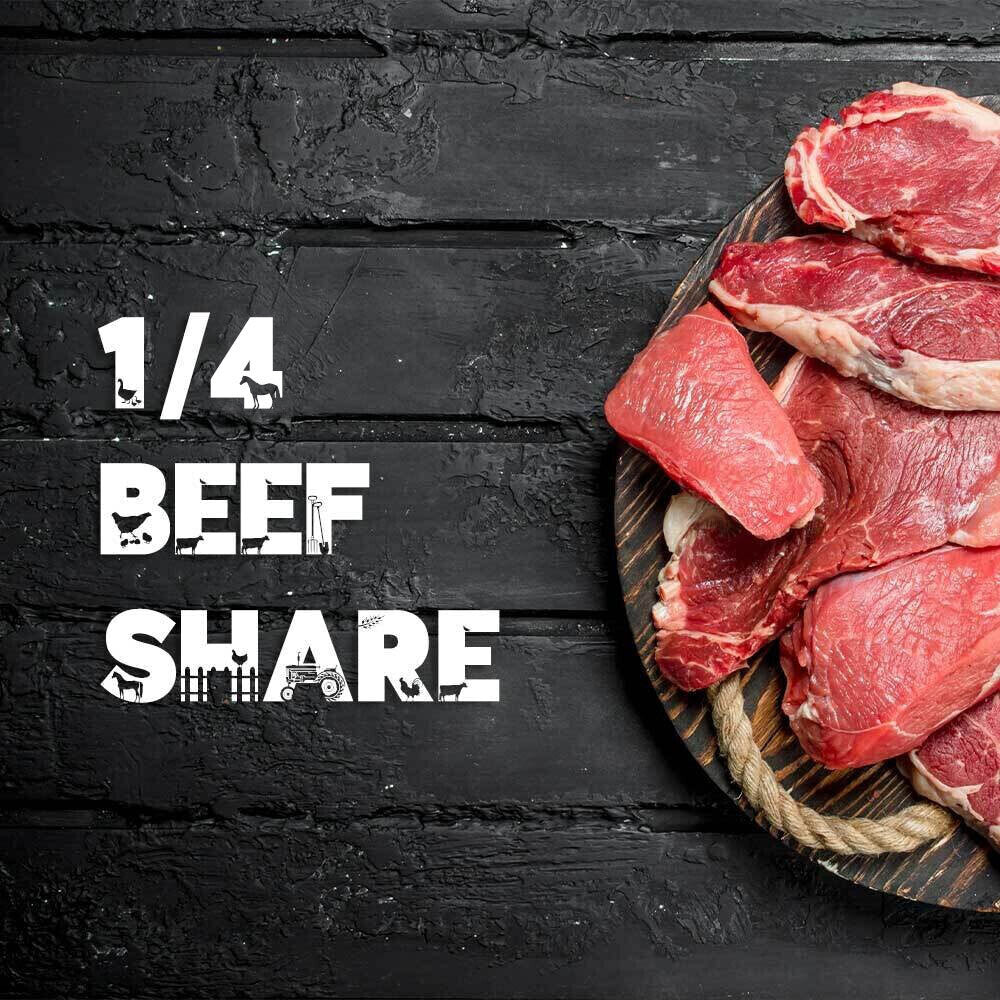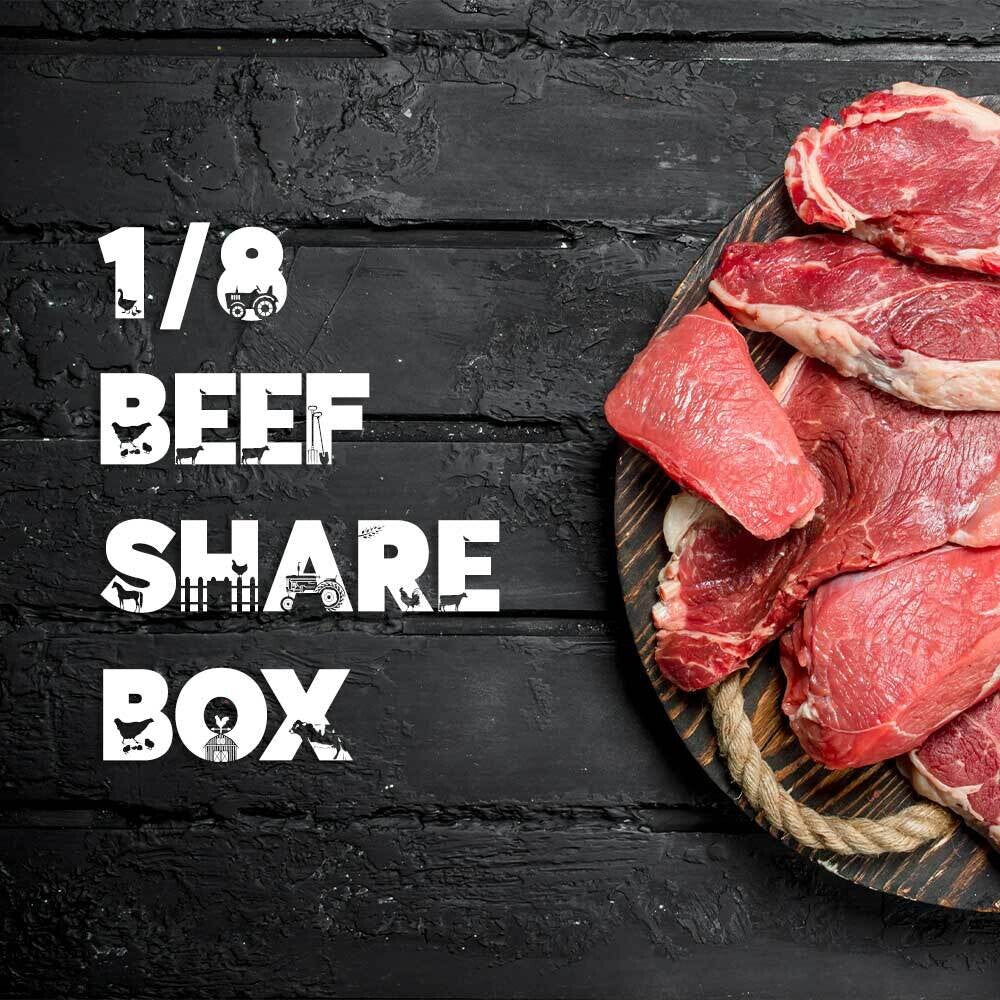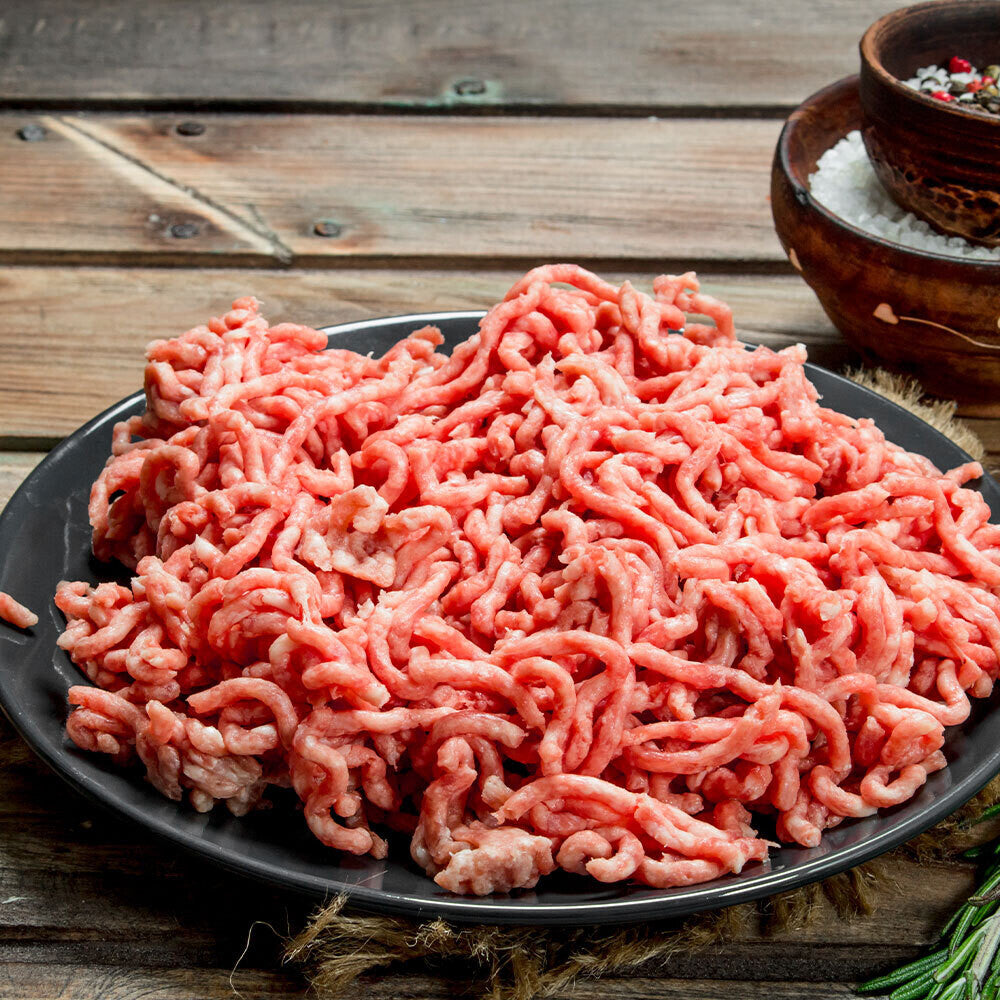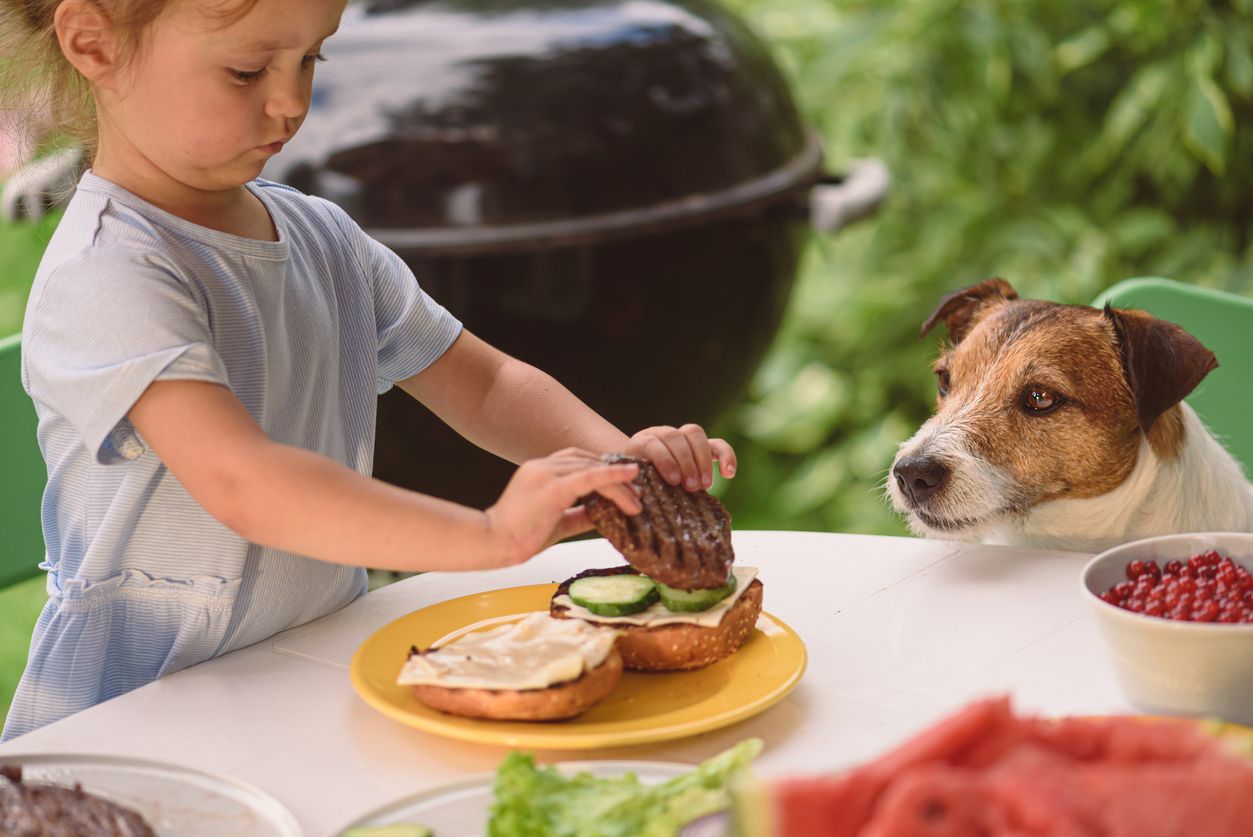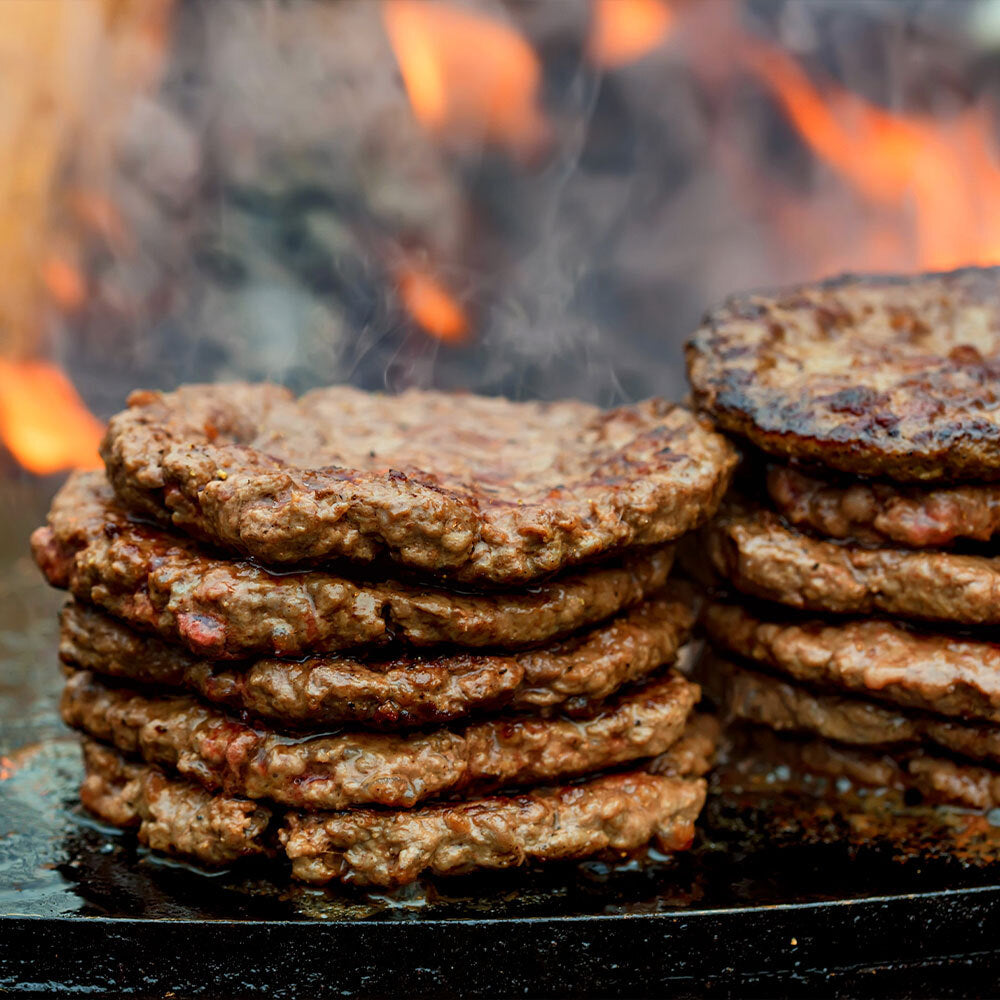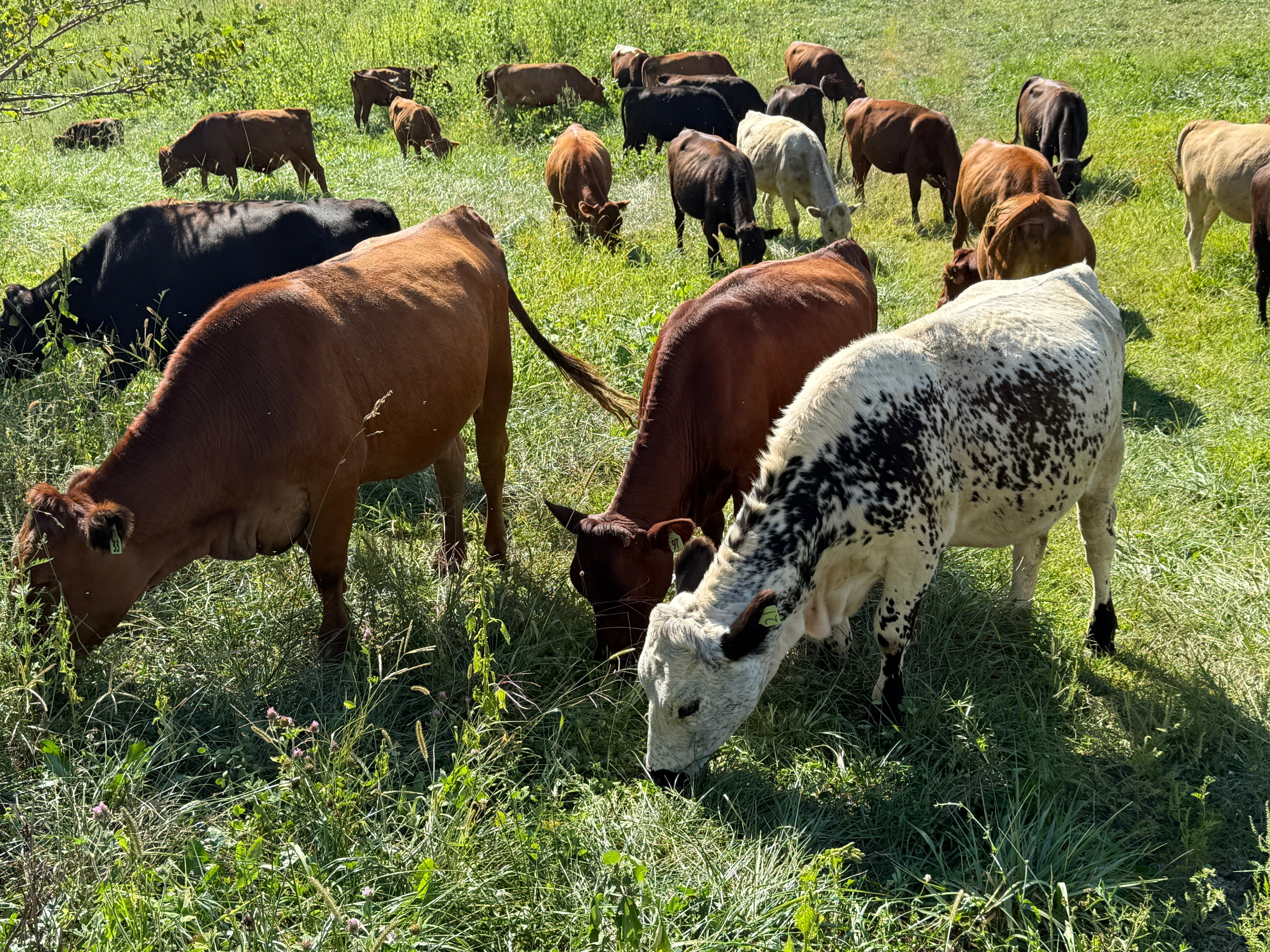
Why Cattle Breeds Matter for Grassfed Beef: Building Genetics for Ultra High-Density Grazing
When people think about beef, the conversation usually starts with the cut or how it’s cooked. But long before a steak reaches the kitchen, the genetics of the animal shape everything about it. Breed choice matters a great deal in grassfed beef, because not all cattle are suited for life on forage alone.
Why Breed Choice Matters
For more than a century, industrial agriculture has selected cattle to perform in feedlots. Those animals are bred to gain weight quickly on corn and soy, but they don’t truly thrive in confinement. Without constant pharmaceutical support—hormones, vaccines, and antibiotics—they would struggle with health problems. The system props them up long enough to get them to market weight, but it does so at a cost to the animal and the food it produces.

On a regenerative farm, the priorities are different. We need cattle that can live outside year-round, graze efficiently, and remain healthy without artificial inputs. That requires genetics built for forage, not for feedlots.
Our Breeding Focus
At Tyner Pond Farm, we’re working toward developing what we call an ultra high-density grazier — cattle designed for a system where animals move frequently to fresh grass. This kind of grazing restores soils, increases pasture diversity, and cycles nutrients back into the land. But for it to work, the animals themselves must be suited to the job.
That’s why we draw on genetics from breeds like South Poll, which are smaller-framed, fertile, heat-tolerant, and efficient on forage. We also incorporate breeds like Corriente, known for their hardiness and ability to thrive on minimal inputs. By blending these traits, we’re building a herd that fits our system instead of forcing our system to fit the animal.
How Genetics Shape the Beef
When cattle are bred to thrive on grass, they finish with the right balance of muscle and fat without grain. That translates into beef with tenderness, marbling, and nutrient density that customers can see and taste. The quality isn’t manufactured in a feedlot—it’s the natural result of genetics aligned with the environment and the land.
Genetics and Regenerative Farming
This breeding work is about more than meat quality. Cattle suited to ultra high-density grazing become active participants in restoring the land. By moving across pastures in tight groups, they stimulate plant growth, recycle nutrients, and help build healthier soil. With the right genetics, beef becomes the byproduct of a functioning ecology, not the end goal in itself.

A Final Thought
Grassfed beef is more than a label. It’s about raising the right animals in the right way. By focusing on forage-based genetics, we’re building cattle that thrive naturally, support soil health, and produce beef that reflects the land it comes from. South Poll and Corriente are part of that journey, but the vision is larger: creating an ultra high-density grazier for the future of regenerative farming.
Frequently Asked Questions About Grassfed Beef and Cattle Breeds
Q: Why does breed matter in grassfed beef?
A: Some cattle are bred for grain-based feedlots and don’t thrive on forage alone. They depend on pharmaceuticals to stay alive and put on weight. Choosing genetics built for grass means the animals stay healthier, finish properly, and produce consistent beef without grain.
Q: What breeds do you raise at Tyner Pond Farm?
A: We use a mix. South Poll genetics are important for fertility, efficiency, and finishing on grass. Corriente cattle bring hardiness and adaptability. By combining these traits, we’re building a herd suited for ultra high-density grazing in Indiana.
Q: Is grassfed beef healthier than conventional beef?
A: Grassfed beef often contains higher levels of omega-3 fatty acids, CLA, and other nutrients. It also comes from animals raised without the inputs common in industrial feedlots, such as routine antibiotics and grain rations.
Q: How does grassfed beef taste compared to store-bought beef?
A: Grassfed beef can have a more distinct, beef-forward flavor. Because our cattle are bred to finish on forage, the beef has tenderness and marbling without grain finishing.
Q: What role does regenerative farming play in beef quality?
A: Regenerative farming isn’t just about the beef. It’s about building healthier soils and ecosystems through managed grazing. With cattle suited to this system, the land improves—and the beef reflects that health from the ground up.
